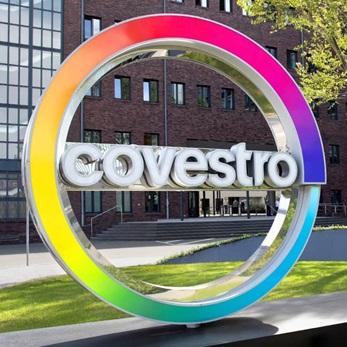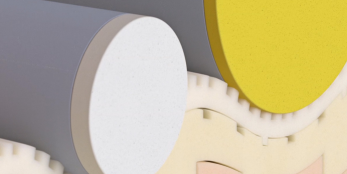Before working with this product, you must read and become familiar with the available information on its risks, proper use, and handling. Information is available in several forms, e.g., in particular in the currently valid safety data sheets and product labels. For further information contact your Covestro representative.
Product description
Bayflex XGT-100 is an elastomeric polyurethane system used in the reaction injection molding (RIM) process.
Applications
Bayflex XGT-100 is an elastomeric polyurethane system used in the reaction injection molding (RIM) process. The system is supplied as two liquid components: Component A is a modified diphenylmethane diisocyanate (MDI), and Component B is a polyether polyol system. The extended gel time of Bayflex XGT-100 system gives equipment designers the flexibility to create large, complex parts that can be molded on existing injection machinery. The resin’s excellent surface quality and high impact resistance make it a candidate for agricultural equipment, heavy-duty trucks, specialty transportation, and marine applications. As with any product, use of the Bayflex XGT-100 system in a given application must be tested (including field testing, etc.) in advance by the user to determine suitability.
Storage
Isocyanate Component - Component A (MDI prepolymer isocyanate) must be stored in tightly closed containers and protected from contamination with moisture and other foreign substances, which can adversely affect processing. It will react slowly with water to form ureas and carbon dioxide gas, which may cause sealed containers to expand and rupture. Storage temperatures should be maintained between 24° and 30°C (75° and 86°F). Under these conditions, Component A will remain clear for periods of up to six months. Component A must not be allowed to freeze. Exposure to temperatures less than 15°C (59°F), even for short periods of time, can result in the formation of solid material. During the winter months, appropriate precautions must be taken during shipment and storage. Prolonged storage of solid or partially solid Component A may result in the formation of MDI dimer in amounts which exceed its solubility in the prepolymer at normal storage temperatures. This can make the product unusable.If solids should form because of exposure of Component A to lower temperatures, it may be possible to reliquify the prepolymer by reheating. Use a well-ventilated oven for the minimum time necessary to render it clear. The temperature of the prepolymer should not exceed 60°C (140°F). Agitation or drum rollers are recommended to avoid excessive local heating, which will degrade the prepolymer. As a result, the remelted prepolymer may be cloudy, and the processing behavior and/or properties of the final product may be affected.Polyol Component - Component B (polyol) is hygroscopic and may absorb water. Containers should be kept in tightly closed and protected from contamination with moisture and foreign materials which can adversely affect processing. Storage should be maintained at ambient temperatures. Note: Component B phase-separates upon standing and must be thoroughly mixed via mechanical means prior to use.
Processing
* These items are provided as general information only. They are approximate values and are not part of the product specifications.a All directional properties are measured parallel to flow.b Milled glass fiber, Owens Corning 737, 1/16 inch.
Health and Safety Information
Disclaimer
Contact
Please use our contact form or contact us directly by sending an e-mail to technical-datasheets@cx.covestro.com .









